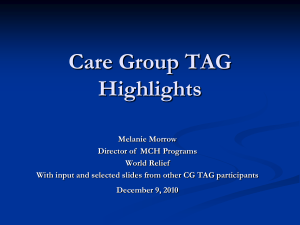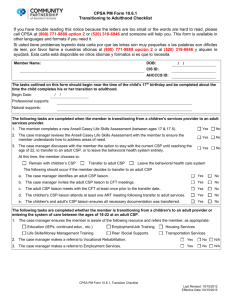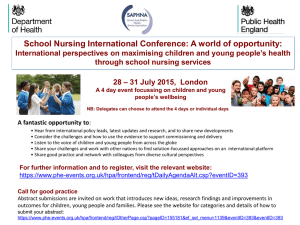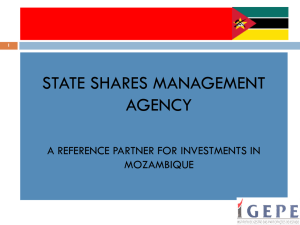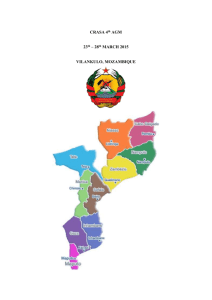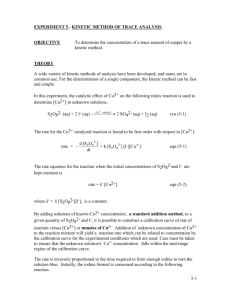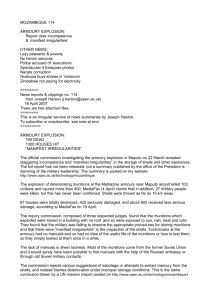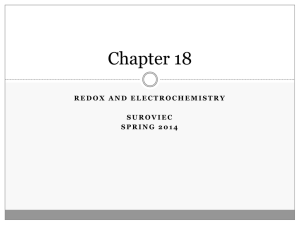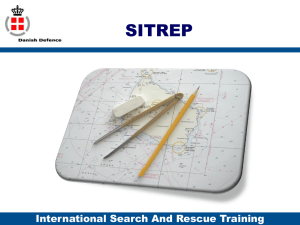THE AFRICAN DEVELOPMENT BANK (ADB)
advertisement
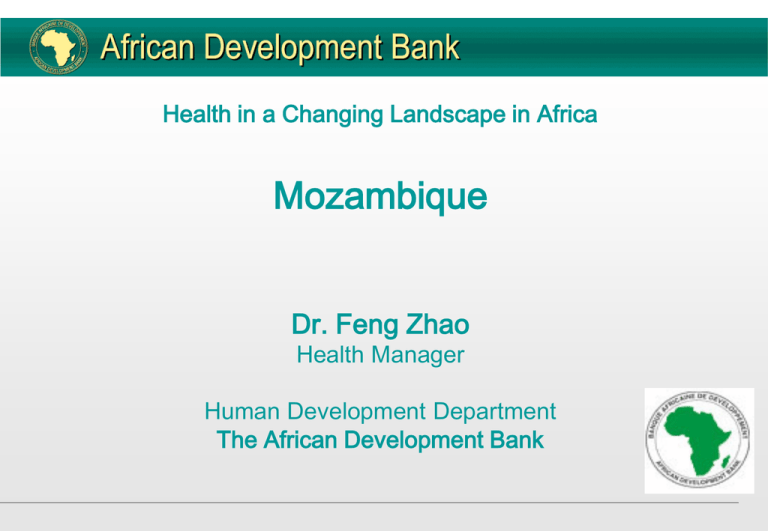
Health in a Changing Landscape in Africa Mozambique Dr. Feng Zhao Health Manager Human Development Department The African Development Bank Outline A rapidly changing landscape in Africa An innovative strategy for engaging in health AfDB’s engagement in health in Ghana Plan for next phases Areas of interest Changing Landscape Continued economic growth Population dividend Changing aid dynamics Increased need for value for money and domestic accountability Opportunity for innovative ways of delivering services (e.g. ICT solutions) Guiding documents Medium-Term Strategy Human Development Strategy Focus Area 1. Improve Competitiveness and Employment Opportunities Focus Area 2. Value for Money and Accountability in Service Delivery Focus Area 3. Risk Protection, Inclusion and Social Cohesion Instruments Public sector window Private sector window Lending: Loan/grant Non-lending: Analytical work; TA New strategic thinking on health The Bank has been supporting health since 1970s Traditionally, the Bank focused on health sector infrastructure e.g., hospital construction Shift in Instruments: Stand-alone vs. partnership; focusing on value for money and domestic accountability (Kaberuka’s paper). Shift in focus: Health infrastructure vs. system strengthening Partnership: PPP; alternative financing mechanism (e.g. value for money trust fund) Leadership Demand for African leadership The Bank has recently made strategic HR investments ( for example the hiring of health economists, HRH and health insurance specialists) and is now well positioned to exploit the new opportunities New approach (a). The new approach includes multi-sector operations e.g. health (including nutrition) in agriculture, climate change, water and sanitation; private sector operations such as PPPs for hospital construction and management; provision of essential drugs e.g. for HIV/AIDS; ICT operations in eHealth. New approach (b). The Bank will pursue innovative partnerships to mobilize and leverage resources for the Continent. For example, the Bank is currently discussing a new Multi-donor TF to support value for money and domestic accountability as well as to sustain the coverage of essential HIV services that are affected by the decrease of ODA from the traditional donor community. New approach (c). The Bank will work with RMCs and private sector to revitalize the pharmaceutical industry and make it an engine for economic growth and job creation. In this regard, the Bank is discussing with South Africa to explore the best way of supporting the first ARV production line of the continent. New approach (d). The Bank will also focus on knowledge products in critical areas such as health insurance and eHealth. For example the Bank is currently working on a Continent-wide study of health insurance models which can be applied in Africa. Past support to Mozambique The Bank’s involvement in Mozambique dates back to 1977, while involvement in health only commenced in 1992 when it financed a comprehensive health sector requirements study commissioned by the Government. The Government of Mozambique with the support of development partners prepared its first Health Sector Plan (2000 - 2004) that aimed at reducing morbidity and mortality through primary health care, development of technical and managerial capacity of health providers and managers. This coincided with the first Country Strategy Paper for the period 1999 -2001. The priorities for this maiden CSP were poverty alleviation and human resources development and supporting, the GoM in the areas of i) infrastructure development and ii) training and control of infectious diseases. The implementation of both the Beira Corridor health Project and Mozambique Health II was prolonged due to capacity constraints with the result that they were completed in 2009 and 2010 respectively in the third CSP (2006-2010). During this period, the GoM submitted a preliminary request for support from the Bank for assistance in health human resources development, which was identified as a need in 2008. However this was not followed with a formal request for financing. Thus Mozambique Health II was the last Bank intervention in Mozambique health sector. The focus of this project was on i) Improved Primary Health Care Delivery; ii) Institutional Development; and Management Capacity Building both of which were expected to contribute to improved service quality and efficiency of delivery. Current CSP The Bank’s current CSP for the period 2011-2014 has been anchored on the pillars of the PARP 2010-2014. The operations under this CSP are selective and focus on enhancing competitiveness by promoting regional integration through the development of key infrastructure, and fostering private sector through human capital development by supporting public service delivery and efficiency in line with the Bank Group’s 20082012 Medium Term Strategy (MTS) and the Southern Africa 2011-2015 Regional Integration Strategy Paper (RISP). The CSP has been prepared in response to the prevailing country’s challenges through the following pillars: (i) Pillar I: Enhanced private sector competitiveness through infrastructure development; Pillar II: Governance in support of inclusive growth. CSP Analysis of Health The CSP notes that health and social indicators in Mozambique are still poor with life expectancy at 48 years in 2010 well below the SSA average of 56 years. There is also a high prevalence of infectious diseases such as malaria (responsible for25% of annual deaths), HIV/AIDS (prevalence rate of 11.5% in 2009), and child malnutrition (with stunted growth affecting 46% of children in 2008). The CSP also acknowledges that the high disease burden has a negative impact on labour force productivity via increased absenteeism and deterioration of cognitive skills as well as aggravating poverty. The document nonetheless points out that certain inefficiencies need to be addressed in the health sector, in particular the referral system, management of decentralized health services and provision of drugs. While pointing out the need for an increase in public expenditure allocated to the sector which remains below developing countries level of 4% of GDP, there is no planned financing for the sector under the current CSP. Possible future support The Bank should explore more PPP activities in the Health sector. Analytical work Regional operations including Mozambique




